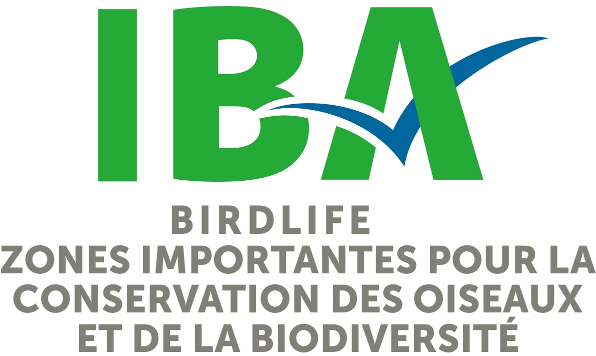Plaisance (QC139)
Plaisance, Québec
Description du site
Le site est situé le long de la rivière des Outaouais, entre les localités de Thurso et de Papineauville, au Québec. Il comprend des îles, des forêts de feuillus, des champs, des baies, des marais et une portion de la rivière. Les habitats aquatiques (plan d'eau ouvert, végétation émergente, herbiers aquatiques et autres milieux humides) couvrent près de 60 % du territoire. Le reste est constitué de forêts de feuillus matures inondées et de champs. Le site compte plusieurs espèces d'arbres typiques du sud du Québec, telles que le noyer cendré, l'orme de Thomas, l'ostryer de Virginie, le caryer cordiforme et le charme de Caroline.
Oiseaux
Le site s'avère une importante halte migratoire pour la Bernache du Canada au printemps. Durant cette période, on peut en effet y observer plusieurs milliers de bernaches dans les champs et sur la rivière. Lors du pic migratoire, de 30 000 à 35 000 bernaches peuvent être dénombrées à cet endroit, un chiffre significatif au niveau mondial pour ce qui est de la concentration de la sauvagine et qui représente 5 % de la population de l'Atlantique canadien pour cette espèce. De ce nombre, une petite partie provient de la population de la vallée du Mississippi (s.e. interior). On estime que près de 219 000 bernaches fréquentent la réserve chaque année. Parmi les autres espèces de sauvagine qui utilisent le site en grand nombre durant cette période, on retrouve le Petit Fuligule et le Fuligule milouinan, le Garrot à oeil d'or et le Grand Harle.
Le site héberge également quelques Petits Blongios nicheurs, une espèce menacée au niveau national. En 1996, il a été estimé qu'au moins 15 couples y étaient présents, ce qui correspond à 1,5 % de la population canadienne et à près de la moitié de la population québécoise pour cette espèce. De 1962 à 1989, le site a également abrité de 1 à 3 couples de Troglodytes à bec court, une espèce qui est considérée rare pour la province.
Enjeux de conservation
En 2002, dans le souci de renforcer les efforts de protection de sensibilisation des écosystèmes naturels de ce secteur, la Réserve faunique de Plaisance changea de statut pour devenir officiellement le Parc national de Plaisance. Le principal facteur pouvant influencer sur la conservation des habitats et de la biodiversité de la diversité consiste à la gestion des activités et de la fréquentation du site.
Catégories ZICO Habitats Usages Menaces Potencielles ou Existantes Status de Protection

